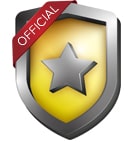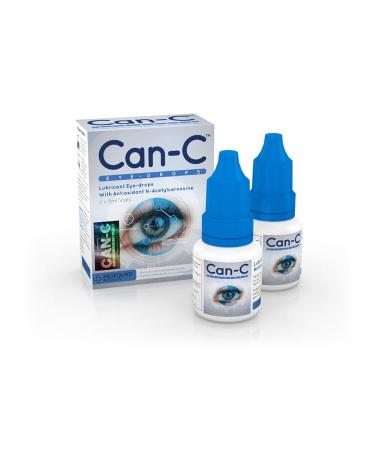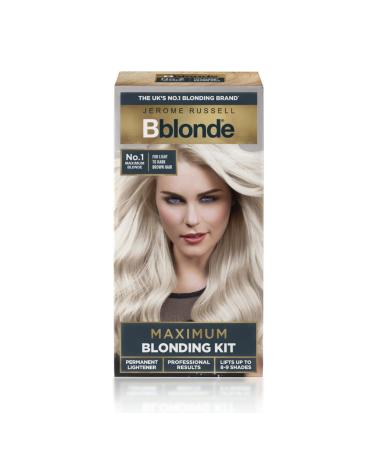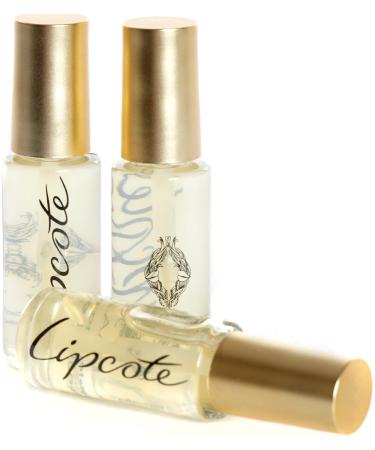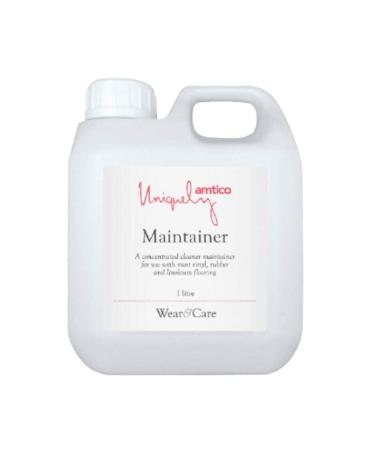Description Patients with assistive functions can rebuild their hand functions through exercise and then regain the ability to take care of themselves in daily life Polymer soft gloves, a variety of flexible polymer materials, three-dimensional cutting, suitable for the human hand, flexible hand drive, simple and convenient Small and convenient design, wearable, independent operation and maintenance This product is used for hand rehabilitation training.Rehabilitation training for stroke, hemiplegia and trauma Specification Name: Hand function rehabilitation robot gloves Size: M size / L size / XL size (left and right points) colour: Blue black(host)/blue black (gloves) Size: host 135×115×57mm Weight: 0.4kg host/0.2kg gloves Composition: host/rehabilitation gloves/mirror gloves Size/Suitable for the crowd: Medium M code, youth size (suitable for youth use) Large L size, adult size (suitable for most hands) Extra large XL size, lengthened extra size (suitable for men/women with larger hands) Function: Finger rehabilitation training, contracture stiffness correction, wrist joint correction Packing list Rehabilitation gloves * 1 Host * 1 Mirror glove * 1? Wide range of uses : acting on brain nerves and blood vessels, promoting conservative treatment of brain injury and nerve injury and postoperative recovery. Solve the problems of spasticity, paresis, and postoperative recovery period. ? Autonomous rehabilitation training : suitable gears can be adjusted, large panel operation, simple operation, the elderly can also complete the training independently. ? Helps to gradually restore brain motor nerves : speed up the recovery process of hand function, help users to relearn the brain nerves, speed up the recovery of brain tonic nerve damage, and achieve the patient's self-care ability from the face. ? Separate finger training : Rehabilitation training can be performed on each finger separately by opening and closing independent air valves. Three sizes to choose from. ? Mirror function : Using the principle of mirror image, the flexion and extension of the uninhibited hand drives the movement of the affected hand, and through continuous imitation and re-learning, it promotes brain function remodeling and induces motor function recovery.
